Optimal Timing for Siding Service
Understanding the optimal timing for siding service can help ensure the best results and longevity of the installation or repairs. Weather conditions, temperature, and humidity levels all influence the effectiveness of siding work. Proper scheduling can prevent issues related to moisture, warping, or improper adhesion.
Spring offers moderate temperatures and longer daylight hours, ideal for siding installation and repairs. It reduces the risk of weather-related delays.
Summer provides warm weather, but extreme heat can affect siding materials and adhesives. Early summer is preferable for scheduling.
Fall's cooler temperatures and dry weather create favorable conditions for siding projects, especially before winter.
Winter is generally not recommended due to cold temperatures and potential snow or ice, which can hinder siding work and affect material performance.

Ways to make Siding Service work in tight or awkward layouts.

Popular materials for Siding Service and why they hold up over time.

Simple add-ons that improve Siding Service without blowing the budget.
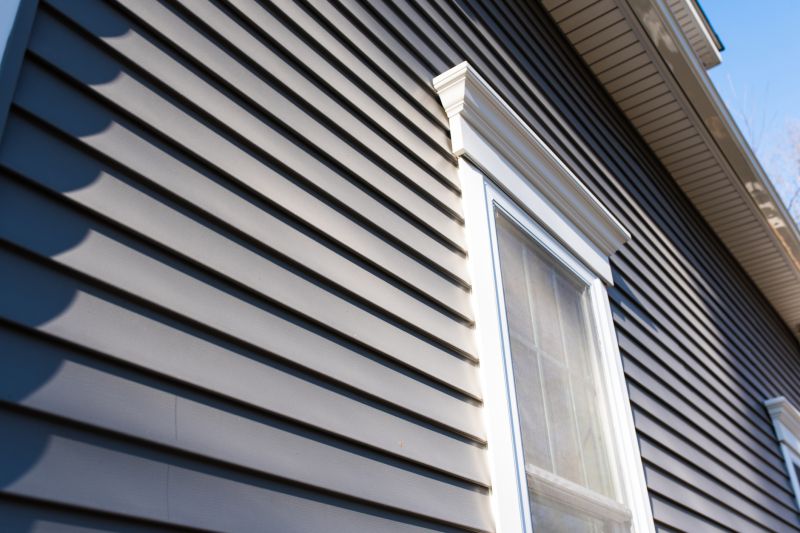
High-end options that actually feel worth it for Siding Service.
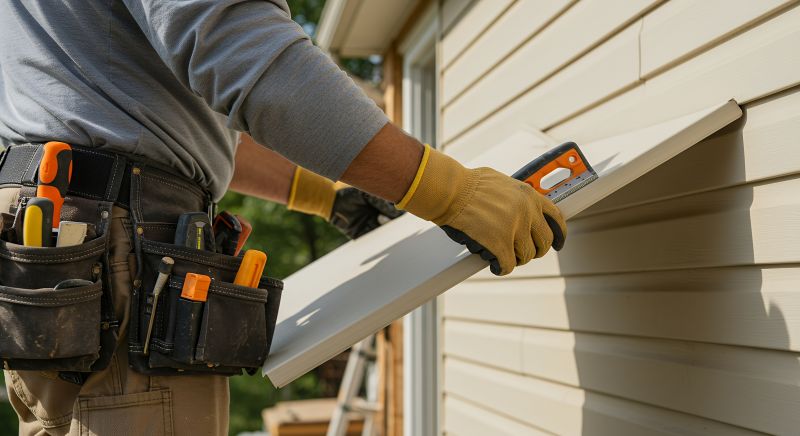
Finishes and colors that play nicely with Siding Service.
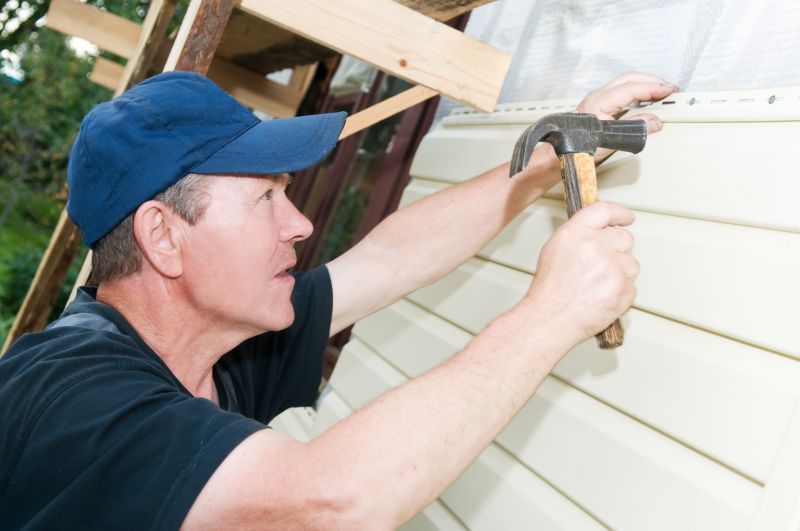
Little measurements that prevent headaches on Siding Service day.
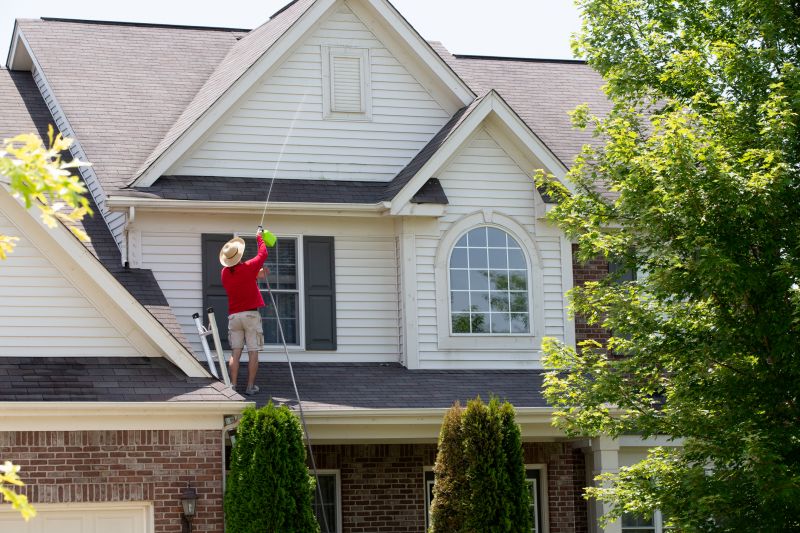
A 60-second routine that keeps Siding Service looking new.
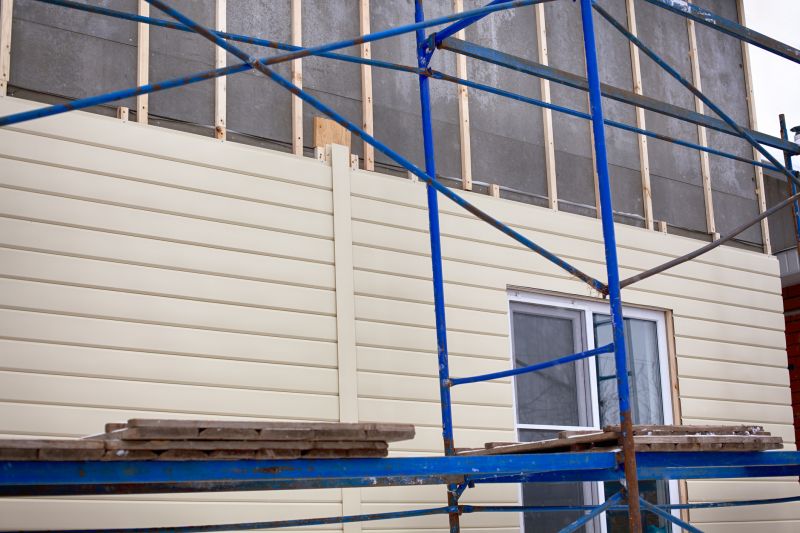
A frequent mistake in Siding Service and how to dodge it.

Small tweaks to make Siding Service safer and easier to use.
| Season | Ideal Conditions |
|---|---|
| Spring | Moderate temperatures, low humidity, longer days |
| Summer | Warm weather, avoid peak heat hours |
| Fall | Cooler temperatures, dry weather |
| Winter | Cold temperatures, snow, or ice generally unsuitable |
Siding service involves the installation, repair, or replacement of exterior siding materials on buildings. Proper siding enhances curb appeal, provides weather resistance, and increases energy efficiency. Different siding materials, such as vinyl, fiber cement, and wood, have specific installation requirements and optimal timing considerations. Scheduling siding work during suitable weather conditions helps prevent issues like warping, cracking, or moisture infiltration. Properly timed projects can extend the lifespan of siding and reduce the need for future repairs.
Statistics indicate that siding projects completed in favorable weather conditions tend to have fewer problems and longer durability. For example, vinyl siding installed in mild temperatures has a lower likelihood of warping or cracking. Planning siding service during optimal seasons can also help avoid delays caused by weather disruptions, ensuring timely completion and quality results.
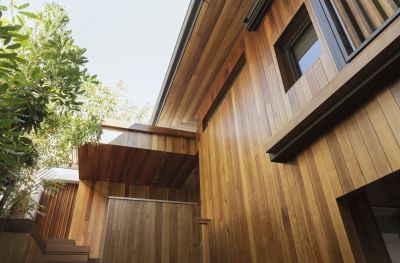
Lower-waste or water-saving choices for Siding Service.

The short, realistic tool list for quality Siding Service.
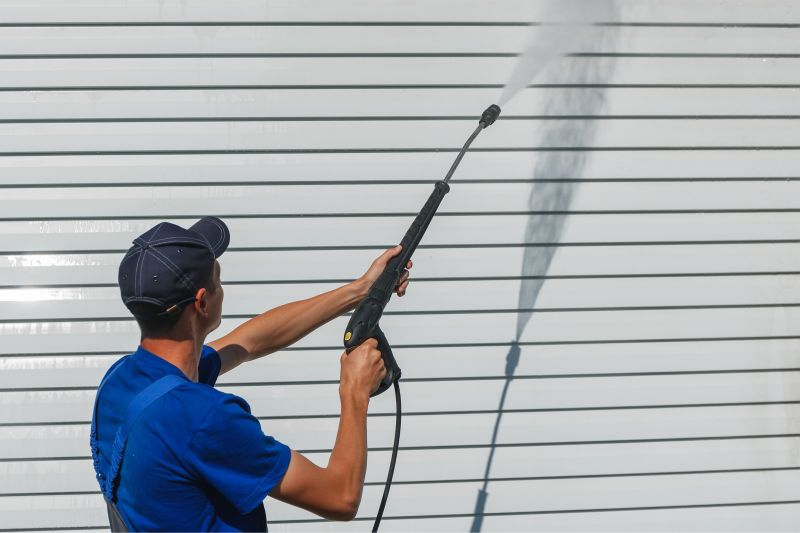
Rough timing from prep to clean-up for Siding Service.

Quick checks and paperwork to keep after Siding Service.
Those interested in scheduling siding service are encouraged to contact for more information. Proper timing and preparation can help maximize the benefits of siding improvements and ensure a durable, attractive exterior.


